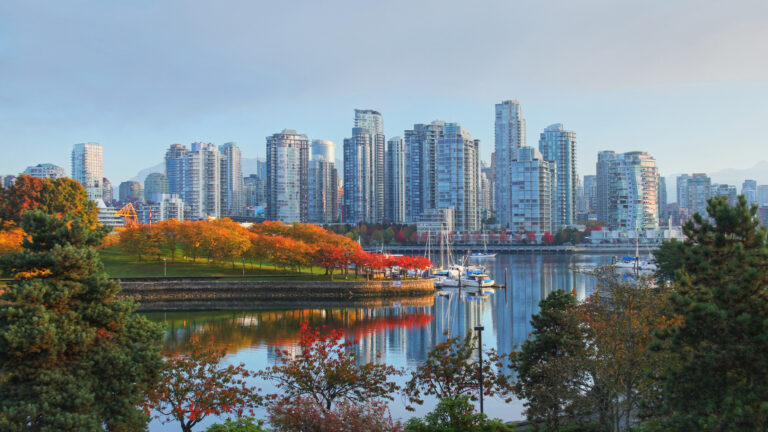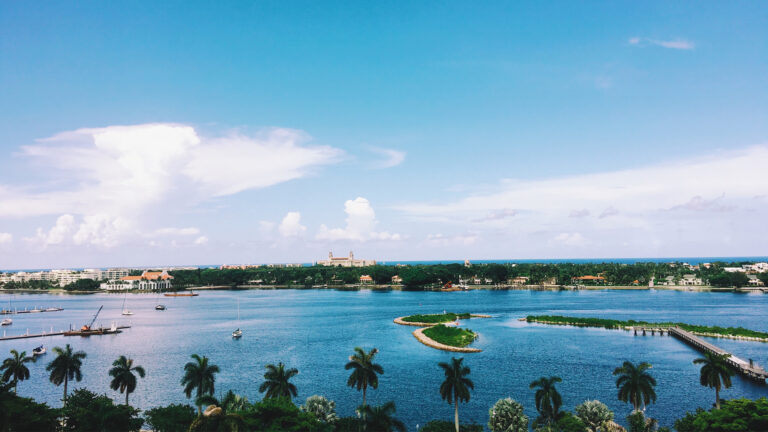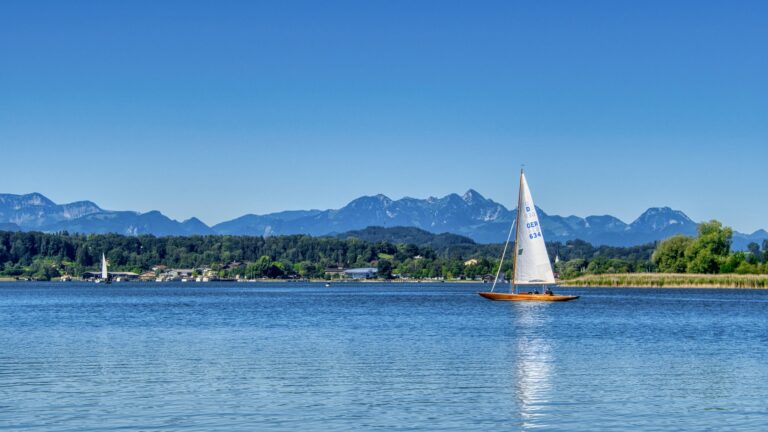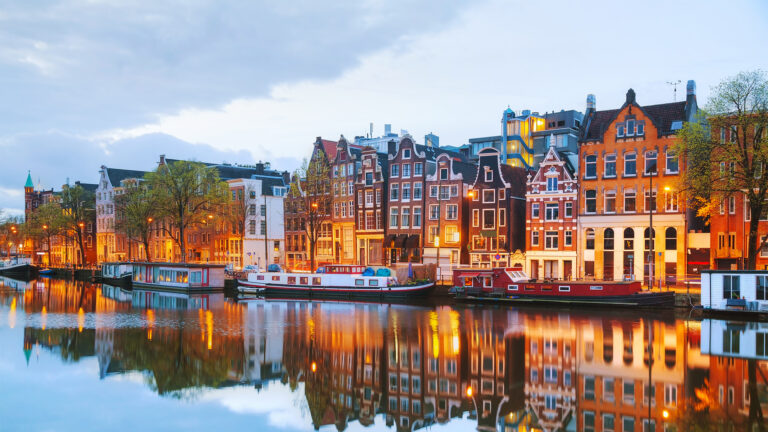By Christine
Giordano
As the United
States considers creating its own sovereign wealth fund within the next 90
days, we thought we would interview CIOs of sovereign wealth funds for tips on
what to consider in forming one. Sovereign wealth funds usually save a portion
of a surplus into a fund that pools the money for special purposes for the
general good of the population.
A large
question on the minds of chief investment officers about the sovereign wealth initiative
is: if the US is running a $1.9 trillion deficit, what surplus will the country
use to create the fund? And what will it be used for? A White House fact sheet about the sovereign wealth fund plan mentions
“the Federal government directly holds $5.7 trillion in assets. Indirectly,
including through natural resource reserves, the Federal government holds a far
larger sum of asset value” that could
benefit the fund. It is not yet known whether the assets include mining national
park lands that, in 2023, contributed, $55.6 billion in tourism dollars (and 415,000 jobs, according to the
Department of the Interior’s National Park Service.)
President
Donald Trump has suggested that the fund could be used to buy companies such as
Tik Tok. Until now, the government’s spending has generally been restricted
from buying companies. But the administration has about three months days to unveil
its plans – a time period that skeptics say, could be too short to create a
solid plan. During those 90 days, the
Executive Order directs the Secretary of the Treasury and the Secretary of
Commerce to deliver a plan that will include funding mechanisms, investment
strategies, fund structure, and a governance model. They are to work closely
with the Director of the Office of Management and Budget and the Assistant to
the President for Economic Policy to develop the plan.
Please Click Here to Register Now!
In the
meantime, we thought we’d approach the issue as a thinkpiece, listing tips that
might aid its success from CIOs well familiar with sovereign wealth funds who
have been closely watching the funds that excel, and the funds that fail.
1.
Have
a clear source of revenue:
If money drips into a sovereign wealth fund in sporadic ways, it’s difficult to
plan its uses. Robert Vince Smith, CIO of $57 billion New Mexico State
Investment Council, one of the largest sovereign wealth funds in the United
States, said one of the most important things in creating a sovereign wealth
fund is having clear and recurrent revenue. Natural resources, (like minerals
or oil and gas fields) he said, are good sources of revenue, because they
generally are solid places to predict future income, whereas a source like
taxes or tariffs aren’t as good because they might not recur, and the last time
the US had a surplus was in 2001 (under then
President Bill Clinton.) “Natural
resources keep the fund moving, growing. Provide
capital for new investments, so forth, so on. If they just want to
move existing assets that the government owns into this fund and try to manage
them better, that’s probably an efficiency thing, but for a true sovereign
wealth fund, that recurring revenue is really important,” said Smith, whose
fund is fueled by developments from the Permian Basin, a region that stretches
across New Mexico and Texas and is mined for oil, natural gas, chemicals, and
minerals. It is one of the oldest oil and gas producing regions in the United
States.
2.
Have
a strong and clear distribution policy: this was an emphatic point among three different CIOs with
sovereign wealth experience. It’s important that the money be planned and
rationed, not raked out in lump sums.
And, similar to investing for your kid’s
college fund, or that vacation you want to take next year, time frame is
important,” said Bob Maynard, retired CIO of PERSI, who, in the 1970s, was a
young attorney general involved in the creation of Alaska’s Permanent Fund, a
sovereign wealth fund based on its oil and gas profits. “What’s your time frame before you’re going
to be actually using this money? What’s the time period you’re investing for?”
he said.
Alaska, for
example, started a sovereign wealth fund that was to remain untapped for at
least 15 years, said Maynard, Fed by oil and gas, even though Alaska, at the
time, could be compared to a Third World country, and parts of the state cried
out for developments like network television, a governor-appointed board
comprised of lifelong Alaskans, decided to accrue the money for a rainy day in
order to fund the government and services that people needed when the oil and
gas reserves wouldn’t be so lucrative. In the meantime, after about two years, the
residents received a dividend check of around $1,000 to give them a share of
the oil wealth. Each year, the dividend announcement became a big event.
Maynard, who eventually
became the deputy executive director of the fund, recalled, “It was a very politically popular fund, in fact, so popular that the
state put all its excess surplus revenues from regular revenue raising into the
fund. About a third of it went into the Permanent Fund and it just basically
bloomed. After you start investing outside, you’re getting dividends. After
about seven years, you’re just sucking in lots of money from outside the state
and spending it in the state. It’s a huge economic driver. It was a runaway
success, but it was a runaway success only because it had a very clear mission
and purpose, and everybody bought into that and grew it. It was a brilliant job
by the politicians at the time.”
Similarly, in
North Dakota, the $7 billion North Dakota Department of Trust Lands manages 2.4
million mineral acres with interest in more than 8,600 of the 17,400 producing
oil and gas wells in the state and manages 13 permanent education trusts,
including the Common Schools Trust Fund, the state’s primary education trust
fund. In the past ten years, the board has distributed about $2 billion to K-12
education. “Set a distribution policy that is achievable without depleting the
corpus of the fund; – 5% is common throughout the industry,” said Frank Mihail,
CIO.
Similarly, Smith’s
New Mexico distribution policy is about 5% of its
flagship fund, and slightly more for the land grant permit fund. “Four to five
is about as high as you would want to go…Certainly no access to lump sum
amounts. That’s really weak. If you saw in their plans the ability for the
government to say, okay, we’re going to take $10 billion out this year to do X,
Y, Z, that would be weak, but a strong distribution policy of 4% or 5% per
year, that’d be the way to go.”
3.
Have
a clear spending policy and a goal for the greatest population: Find the greatest good for the largest
amount of people in your fund’s territory, and you’ve got a winning fund. For
example, using your fund money to fund infrastructure such as bridges and roads
could benefit most of the population, said Smith. Spending it to improve
schools and community centers could benefit the future generations. Using it to
fund the government would be less strong.
Using it to support industries? Generally,
said Smith, “The capital markets are generally better at that, at least
in terms of capital efficiency than having the government do it. General
government funding in support specific industries, that would be a less strong
thing if it was in their plans.”
Buying companies overseas could incur tax
implications, noted Maynard.
Some governments
use their funds to stabilize their currencies, but because the U.S. has the
reserve currency, it doesn’t need to.
In Alaska, the
money could only be invested outside of the state, and then brought home to be
spent inside the state, recalled Maynard, and the fund had to be income
producing.
Just as
important is to define your needs for liquidity, and how much cash you will
need access to and when, noted Maynard.
4.
Design
a structure that favors investment management: you generally want to create a strong and healthy
distance between the government and who manages the fund’s money.
Although many
sovereign wealth funds across the world are successful, Malaysia’s sovereign
wealth fund is considered a tale of woe. Its prime minister, Najib Razak, was jailed in 2022 for corruption that allegedly stole
the money from the fund in a scheme that included senior level staff and senior
Goldman Sachs employees.
“Be careful of
conflicts or political interference. Create policies that protect from these
pitfalls,” said Mihail.
Chris Ailman,
the recently retired CIO of CalSTRS, listens to global investors as he heads the
North American chapter of the international investor group the
300 Club. He wrote by
email, “Have a clear governance structure and be separated from the Sponsor
Government influence, think of the Crown Corporation model in Canada for
Pensions. Most are keenly focused on the mission for the money, which is
often multi-generational, so super long term. But an equal number are
used to supplement the Sponsor’s Budget which is more like an Endowment
(long-term but a current cash draw).”
Creating a special purpose corporation which would be
totally owned by the United States, could be the answer. It is an effective
strategy used by the Texas Permanent School Fund. It has a CEO and a board that
runs the operation, a professional investment staff and professional support
staff. The structure keeps it at an arm’s length from the government, and the
state of Texas owns it as it would a corporation.
Also, factor in
inflation, and aim for at least 3% above it.
And keep in
mind that dividends can make investment exits more complicated. Noted Maynard,
“We had to be careful on how we exited
investments because, again, the earnings that were being calculated to send out
the dividends were on realized terms.”
5.
Diversify,
of course: “Write an
investment policy statement that defines how assets can be allocated. Usually
based on the prudent investor rule and looks to mitigate risk through
diversification,” said Mihail.
Noted Ailman, “Best
practice right now is to use the Total Portfolio Approach and build a
diversified global portfolio. Norway is almost all globally diversified
and public markets vs Temasek which is mostly bespoke and private
markets.”
When the Alaska
Permanent Fund first formed in the 1970s, it was mainly invested in bonds, which
left it too vulnerable to the high inflation that followed. It diversified into
real estate, then stocks, then went international and ventured into private
equity. It could only purchase 50% of a real estate investment, which kept it
protected from human error.
Also have a diverse
board: if two heads are better than one, imagine what can be achieved with
minds from all corners of industry and the world. You’ll be able to see around
corners that you never knew existed. But be careful of analysis paralysis. “Create
a board that is large enough to have diverse voices but small enough not to
stifle decision-making, ideally five to nine people with proven investment
experience,” said Mihail.
Related
stories:
Temasek
Grows Unlisted Portfolio as ‘Mild’ Recession Looms
NBIM
obtains $1bn stake in logistics portfolio from CPP












